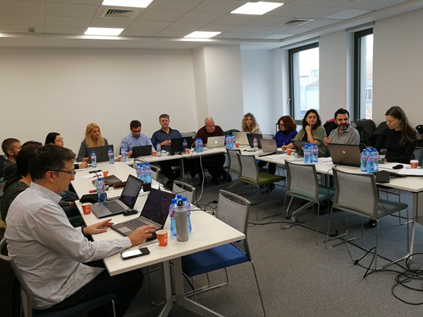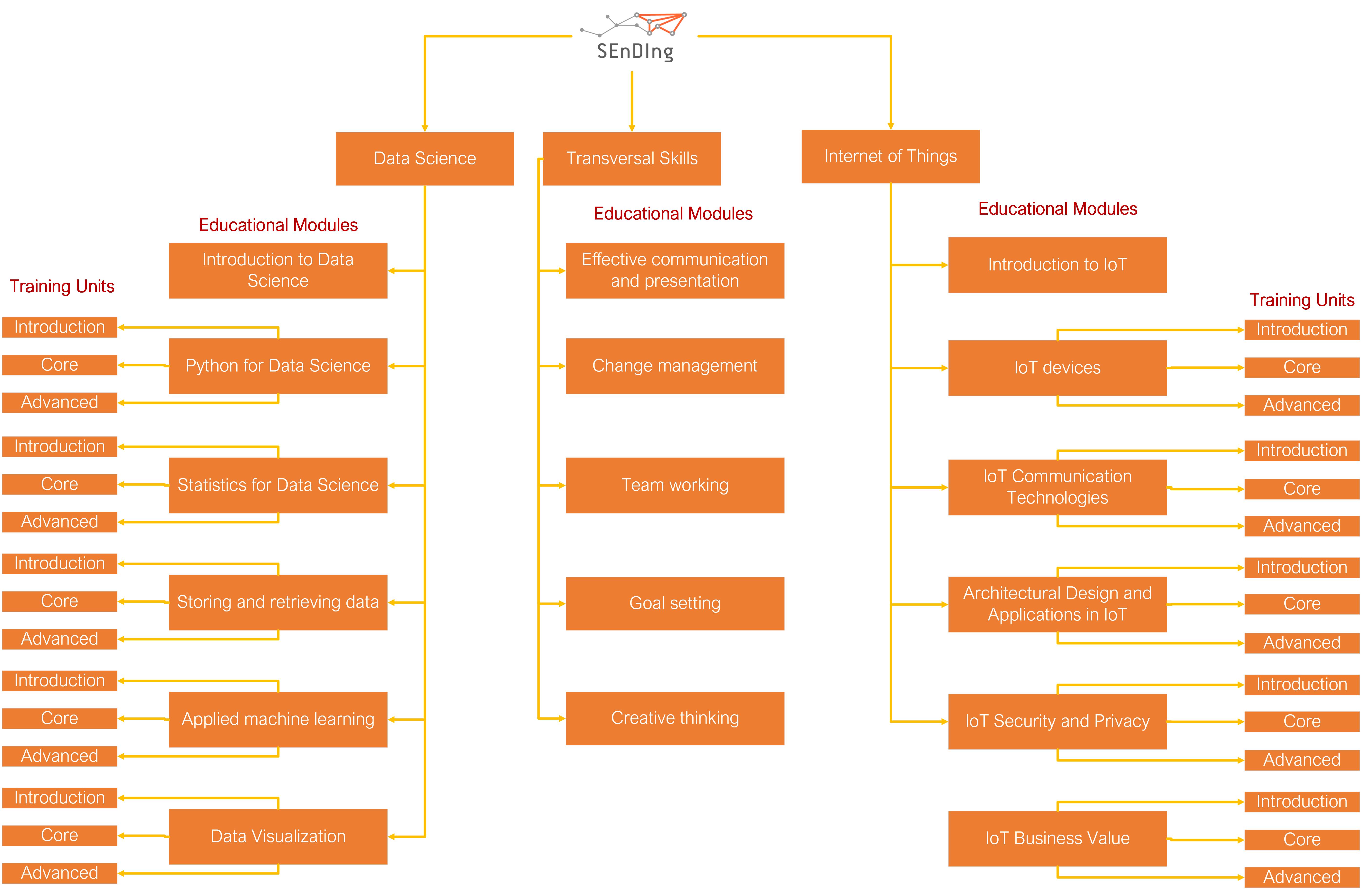SEnDIng second transnational project meeting
The second SEnDIng transnational project meeting took place in Sofia, Bulgaria, on 7th-8th November 2018, where the partners discussed about the progress of the project and the activities planned for the second year. During the first day, the discussion was focused on the core Work Packages of the project: the curriculum design (WP2), the development of the training material (WP3), the certification and evaluation of learners (WP4) and finally the design of the online courses (WP5). The second day was focused on the horizontal activities of the project for quality assurance, evaluation, dissemination, and project management and financial issues. The meeting was closed with the presentation of the second year’s work-plan, schedule of the next project meeting, and meeting’s evaluation.





